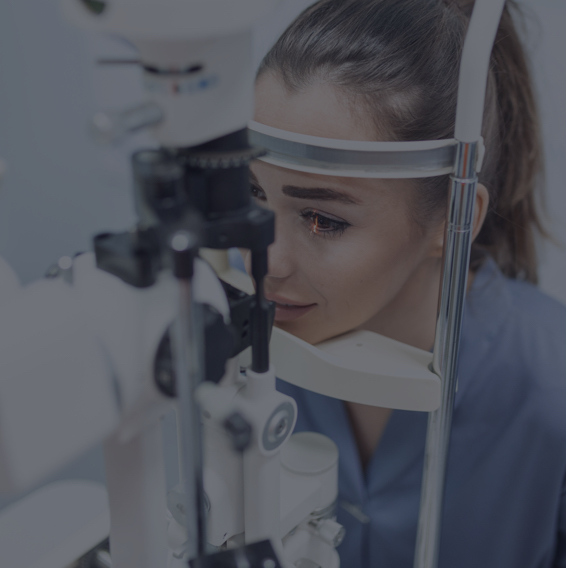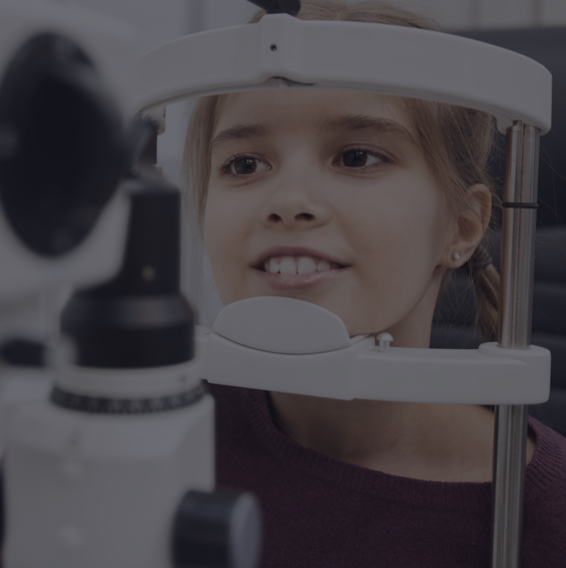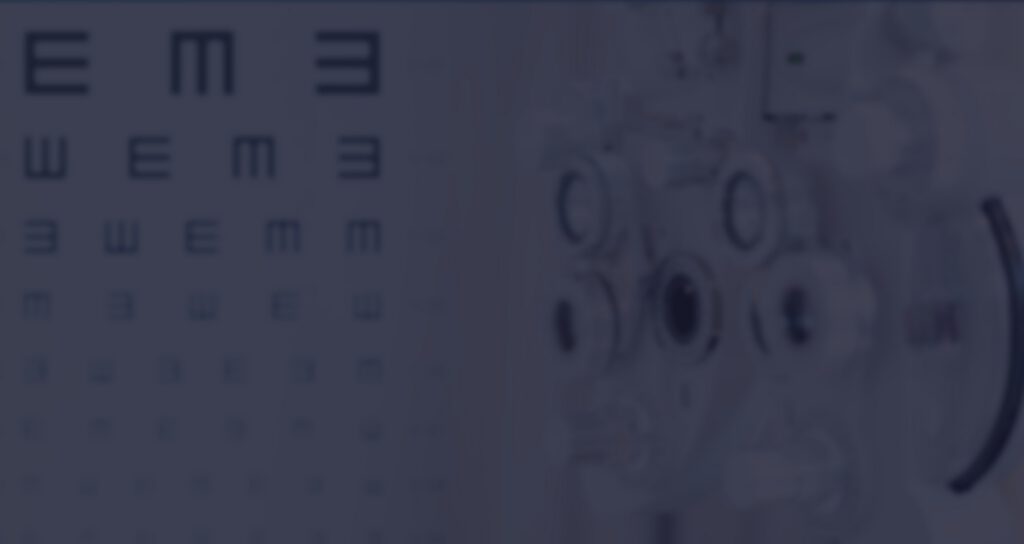Get Lasting Dry Eye Relief
If your eyes often feel gritty, irritated, or constantly watery, you’re not alone. Dry eye disease affects nearly 1 in 5 adults, and it can get in the way of everything from screen time to sleep. The good news? There are more solutions than ever, and we’re here to help.
Our dry eye clinic is equipped with the technology, experience, and personalized care needed to get to the root of your discomfort. Whether your symptoms are occasional or chronic, our team can help you understand what’s happening and what you can do to feel better.
With treatments like intense pulsed light (IPL) therapy and radiofrequency (RF), we can help you find relief. Contact us to book your dry eye assessment today and discover the difference targeted treatment can make.

Recognizing Dry Eye Symptoms
Dry eye doesn’t always feel the same for everyone. You might experience symptoms such as:
- Burning or stinging
- Eye fatigue
- Excessive tearing or watery eyes
- Light sensitivity
- Blurry vision
- Difficulty wearing contact lenses
- Mucus buildup in or around the eyes
If any of these sound familiar, it’s time to speak with our team.

What Is Dry Eye Disease?
Dry eye disease occurs when your eyes either don’t produce enough tears (aqueous deficiency) or the tears they produce are of poor quality (evaporative dry eye). Most people experience the evaporative type.
Your tears consist of 3 layers:
- Mucus layer (helps tears stick to the eye)
- Aqueous layer (keeps the eye hydrated)
- Oil layer (prevents tears from evaporating)
If any of these layers are off balance, dry eye symptoms can occur.
Understanding the Causes
Dry eye can result from many different factors, including:
- Age-related tear production changes
- Medical conditions like diabetes, thyroid disorders, or Sjögren’s syndrome
- Blepharitis or meibomian gland dysfunction (MGD)
- Environmental exposure (screens, wind, heating systems)
- Side effects of medications (birth control, acne meds, blood pressure drugs)
- Post-surgical changes (e.g. after LASIK)
Our goal is to get to the root of your symptoms so we can build a plan that works for you.
Meibomian Gland Dysfunction & Blepharitis
When the tiny oil glands that line your eyelids (meibomian glands) become blocked or inflamed, it can lead to meibomian gland dysfunction (MGD) or blepharitis, which are 2 common causes of dry eye.
Blepharitis often shows up as red, irritated lids with crusty lashes, caused by inflammation and buildup along the eyelid margin. This can lead to blocked glands, poor tear quality, and eyes that feel dry or gritty.
These conditions often go hand in hand with dry eye, so treating the inflammation is key to finding lasting relief.
In-Depth Dry Eye Screenings
We use different tools to diagnose dry eye accurately and develop targeted treatment plans based on your unique needs:
- Meibography: Captures high-resolution images of the meibomian glands to detect blockages or signs of gland loss.
- Tear film osmolarity: Measures the salt concentration in your tears to assess tear film balance and dryness severity.
- Dyes and staining: This procedure uses safe diagnostic dyes to highlight surface damage, inflammation, or irregularities in the eye.
- Topcon MYAH: A multifunctional device that provides detailed measurements of tear stability and gland function for a comprehensive dry eye profile.
With this technology, we can identify the root causes of your symptoms and recommend a personalized treatment plan that brings real relief.
Our Dry Eye Treatment Methods
If you are experiencing any of the uncomfortable symptoms associated with dry eye disease, we can help. Relief is available!
Our office has invested in innovative treatment methods to help you get back to clear, comfortable vision. After an assessment and dry eye diagnosis, we will thoroughly explain your treatment options and recommend the best course of action for your unique situation.
Learn more about the treatment methods we offer at Cambridge Eye Care.
Intense pulsed light therapy (IPL) is a gentle, noninvasive treatment that uses pulses of light to target inflammation around the eyes, which is a common root cause of dry eye disease. By reducing inflammation, IPL can help unclog the meibomian glands and stimulate the natural production of oils that keep your eyes lubricated.
Many patients also notice a reduction in redness and skin sensitivity in the treated areas, making this therapy a great option for both symptom relief and long-term dry eye management.
RF therapy is a comfortable, non-surgical option that uses controlled heat to penetrate the skin and melt thick, stagnant oils trapped in the meibomian glands. This treatment not only helps restore proper oil flow and tear stability but also stimulates collagen production, which can enhance skin firmness around the eyes.
With consistent care, RF can improve comfort, reduce inflammation, and support healthier tear production over time.
When your meibomian glands become clogged, your tears lose the oils they need to stay on the surface of your eyes. Meibomian gland expression is a targeted treatment where your optometrist applies warmth and gentle pressure to the eyelids to manually express these blocked oils.
Clearing the glands in this way helps restore the oily layer of your tear film, reduces evaporation, and relieves irritation and dryness.
Over time, bacteria, debris, and dead skin can build up along the edges of your eyelids, creating a barrier that interferes with healthy oil flow. Eyelid debridement is a precise in-office cleaning technique that removes this buildup using a specialized instrument.
By clearing away the biofilm and supporting eyelid hygiene, this treatment can reduce inflammation and help your meibomian glands function more efficiently.
Daily care plays a vital role in managing dry eye and keeping symptoms under control between office visits. Depending on your needs, we may recommend:
- Medicated or preservative-free eye drops – to add moisture and reduce irritation
- Warm compress masks – to soften gland secretions and improve oil flow
- Hypochlorous acid sprays or Blephadex wipes – for eyelid cleansing and bacteria control
- Omega-3 supplements – to support gland function and reduce inflammation from within
We’ll help you choose the right combination of products and show you how to use them safely and effectively.
Our In Office Treatments
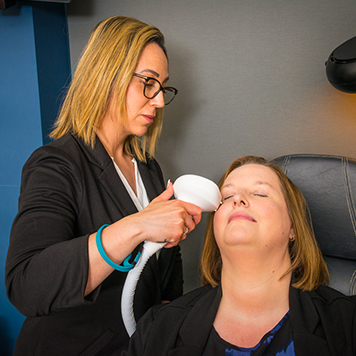
IPL
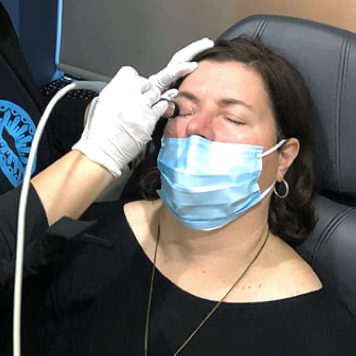
Radiofrequency
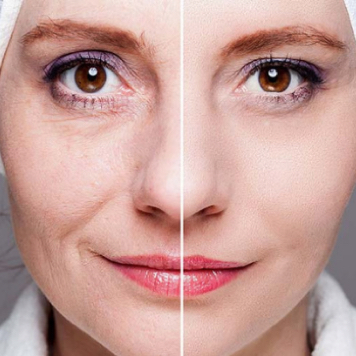
Before/after

In-Office & At-Home Dry Eye Treatment
Dry eye doesn’t have to disrupt your day. Whether you’re dealing with occasional discomfort or ongoing symptoms, we’re here to help you find the long-term relief you deserve. From personalized in-office treatments to expert product recommendations, our team is ready to support your comfort and eye health.
Contact us to book your dry eye consultation today and take the first step toward relief.
Looking for at-home support? Shop our curated selection of dry eye products online to keep your eyes feeling refreshed between visits.
Check Out Our Google Reviews
I went there today to get some new glasses. There was no wait, as I was seen at 2:55, even though my appointment was for 3:00! The staff were exceptionally nice and the optometrist I saw was extremely pleasant and knowledgeable. The location is beautiful and they have a great selection of glasses frames. I was very impressed with my visit.
Andy T
It’s always great! Love the doctor and all the people that work there! Very patient and helpful.
Noemia F
Staff are great there! It’s a bustling place, but they’re well organized and always have a smile and positive customer service. Optometrists are very knowledgeable and helpful.
Alexandra P
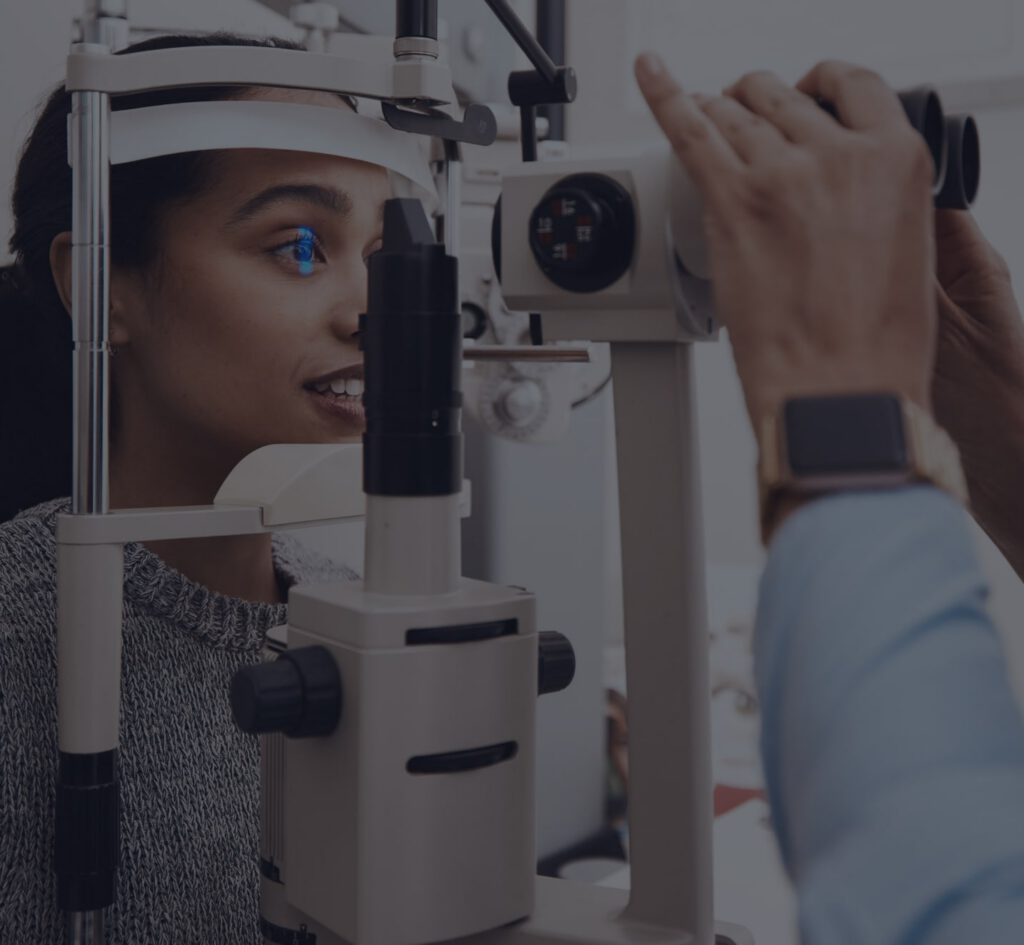
Where to find us
You can easily find our office at the Canamera Medical Centre, located South of Cambridge Centre Zehrs. We have free parking, with convenient accessible parking right in front of our office. Visit us today!

Address
- 350 Conestoga Blvd, Unit C3
- Cambridge, ON N1R 7L7
Contact
- Phone: (519) 624-2020
- Email: info@cambridgeeyecare.com
Hours of Operation
Brands We Carry


